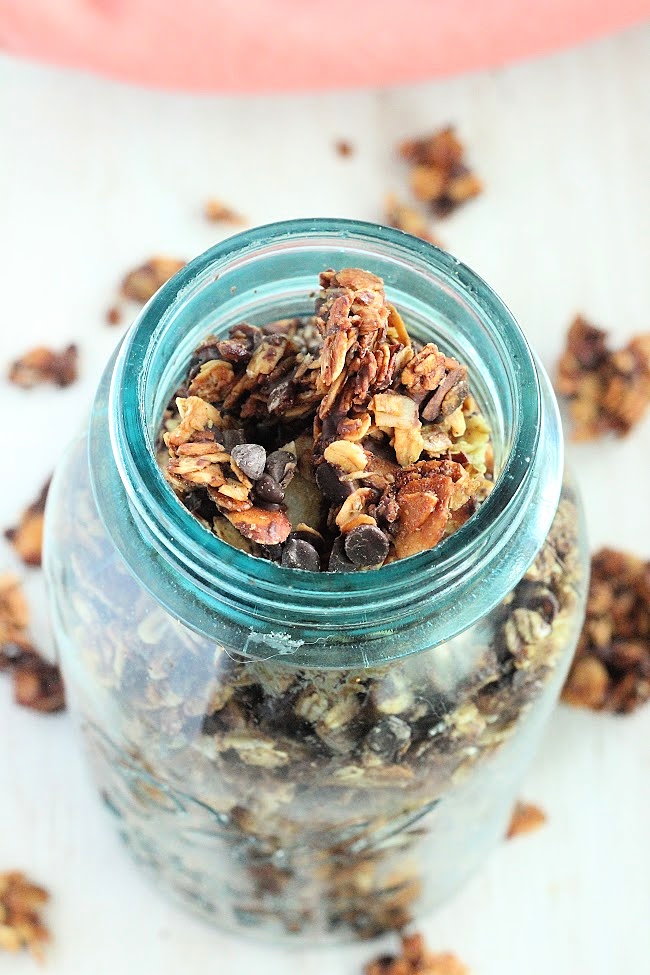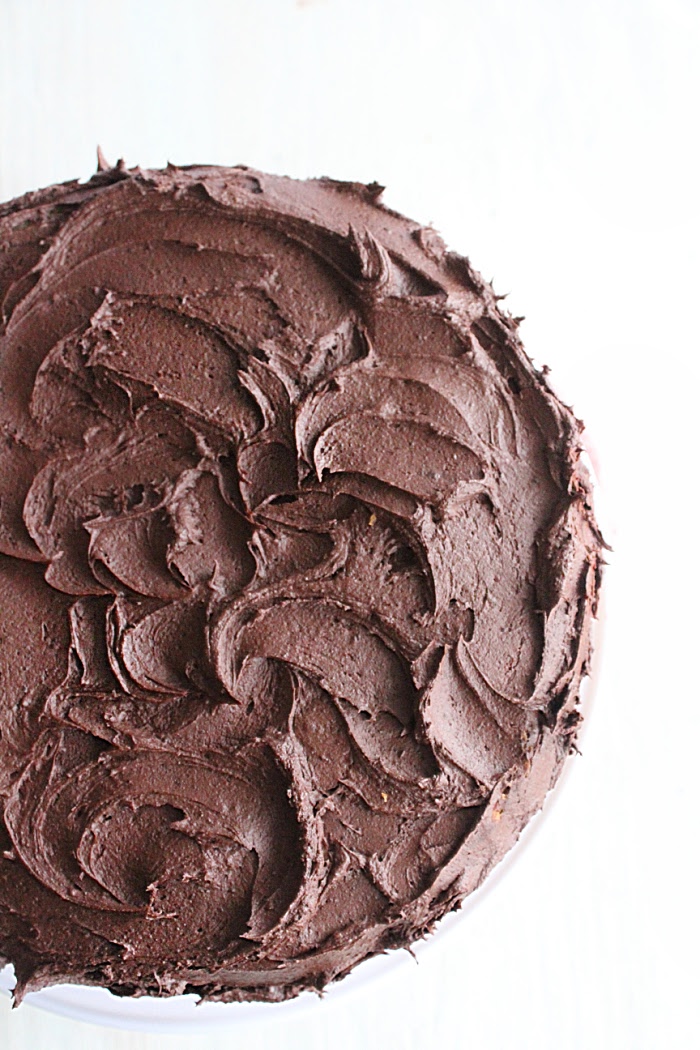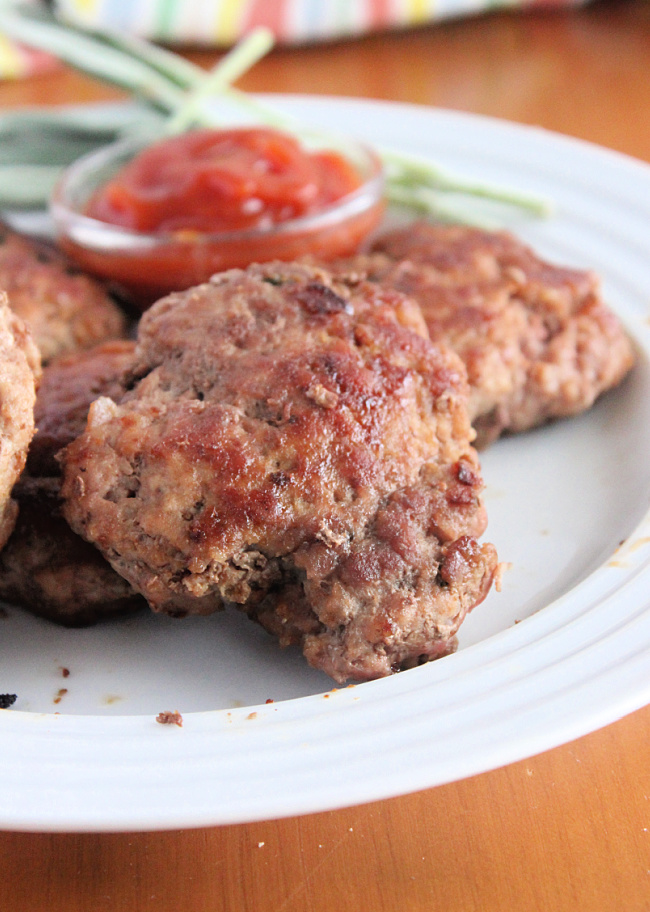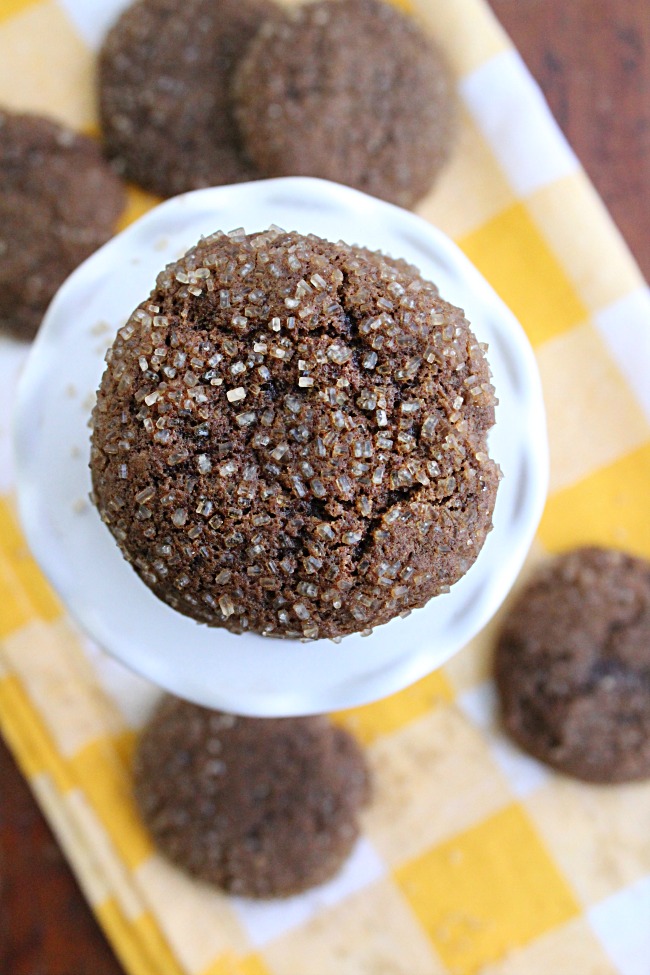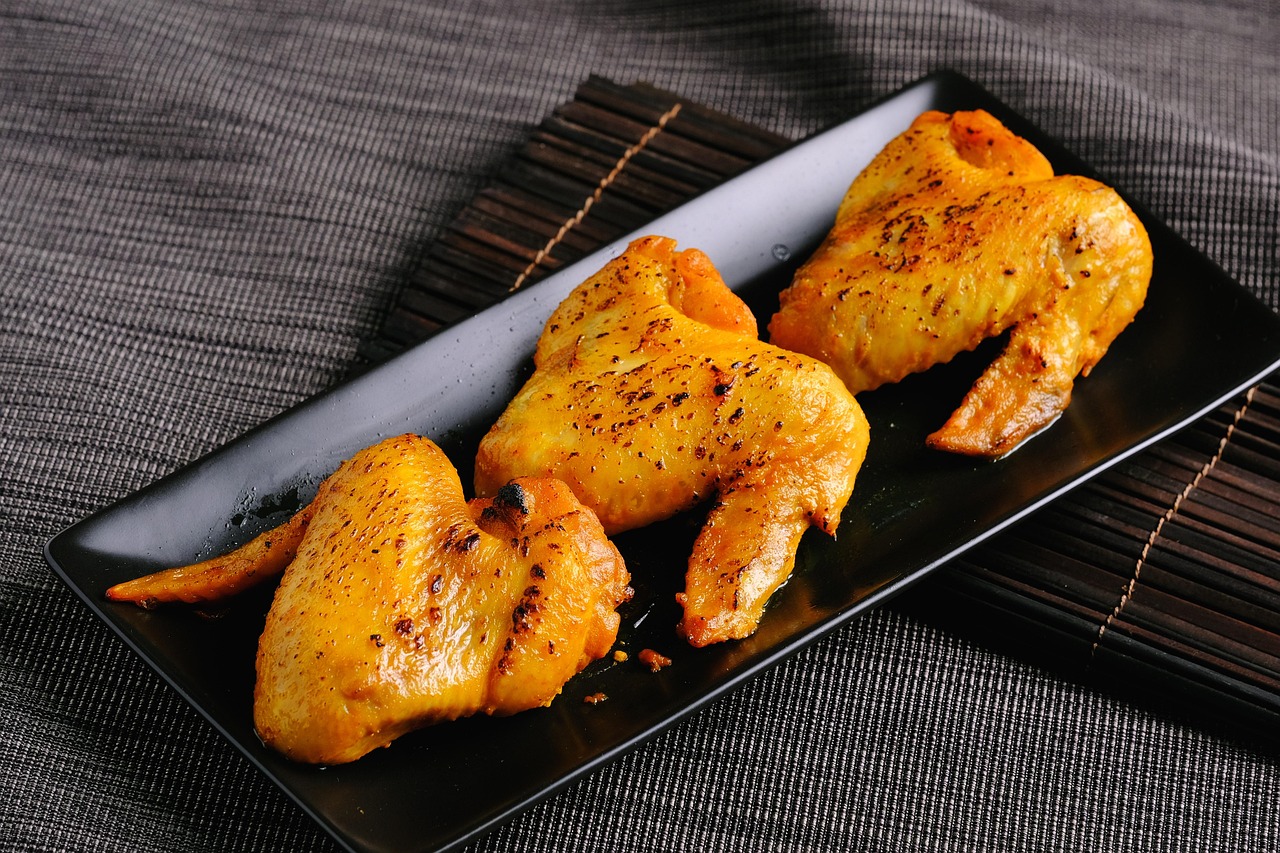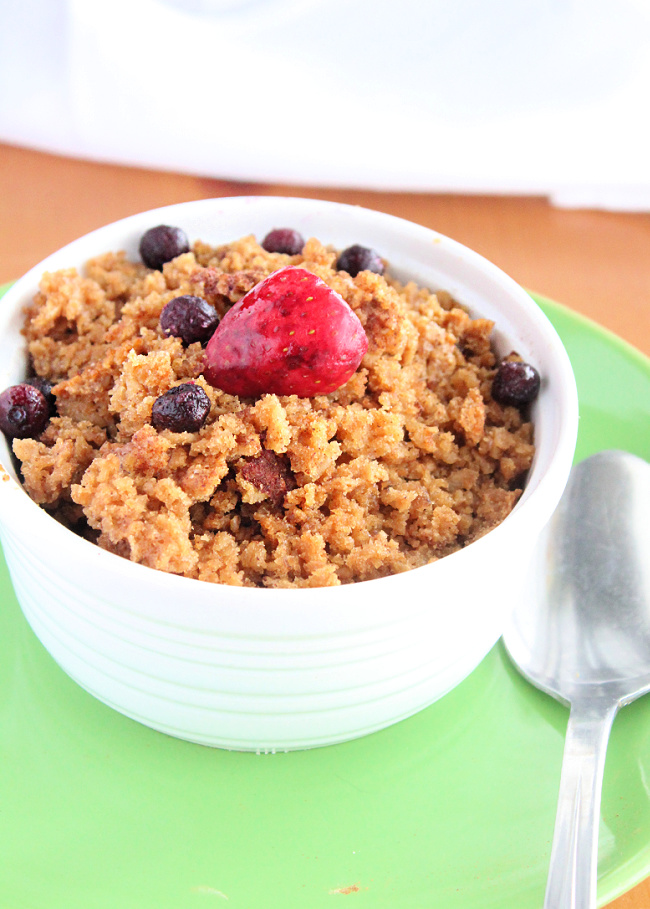One Simple Ingredient That Makes Brownies Fudgy
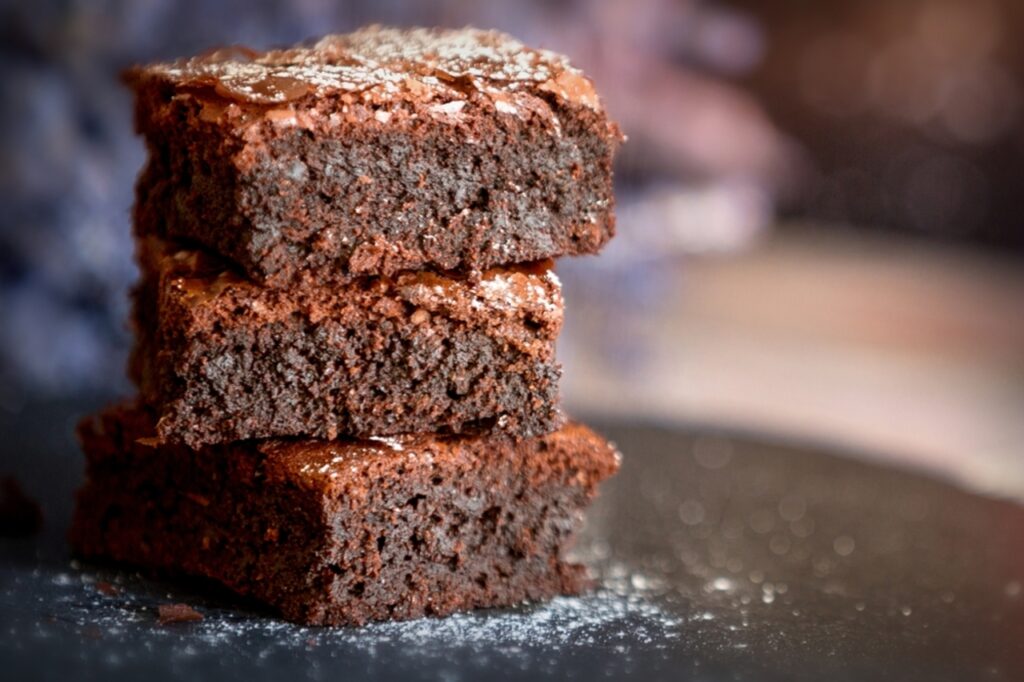
Fudgy brownies are a perfect balance of dense, moist interior and slightly crisp edges, a texture many bakers chase but few master. The key lies not just in the chocolate but in understanding how each ingredient interacts to produce that signature chew. A successful fudgy brownie melts in the mouth yet holds its shape, offering a contrast that makes every bite satisfying.
Achieving this balance requires attention to the types of fats, sugar, and even mixing techniques. Unlike cake-like brownies, which rely on air for lift, fudgy versions minimize air to create a more compact, indulgent texture. Understanding this difference is the first step toward consistently delicious results.
The Role of Cocoa in Achieving Fudginess
Cocoa powder is not just a flavor enhancer; it’s a structural component that impacts moisture and texture. Using a high-quality, unsweetened cocoa can deepen the chocolate flavor while contributing to a dense crumb. Dark cocoa powders absorb more fat and liquid, which helps the batter hold together and stay moist during baking.
The ratio of cocoa to flour is critical. Too much flour can dry out the brownie, while too little can make it overly soft and difficult to slice. Balancing cocoa with the right amount of sugar and fat ensures that the final product retains that desirable fudgy mouthfeel.
Butter and Oil: The Dynamic Duo for Moisture
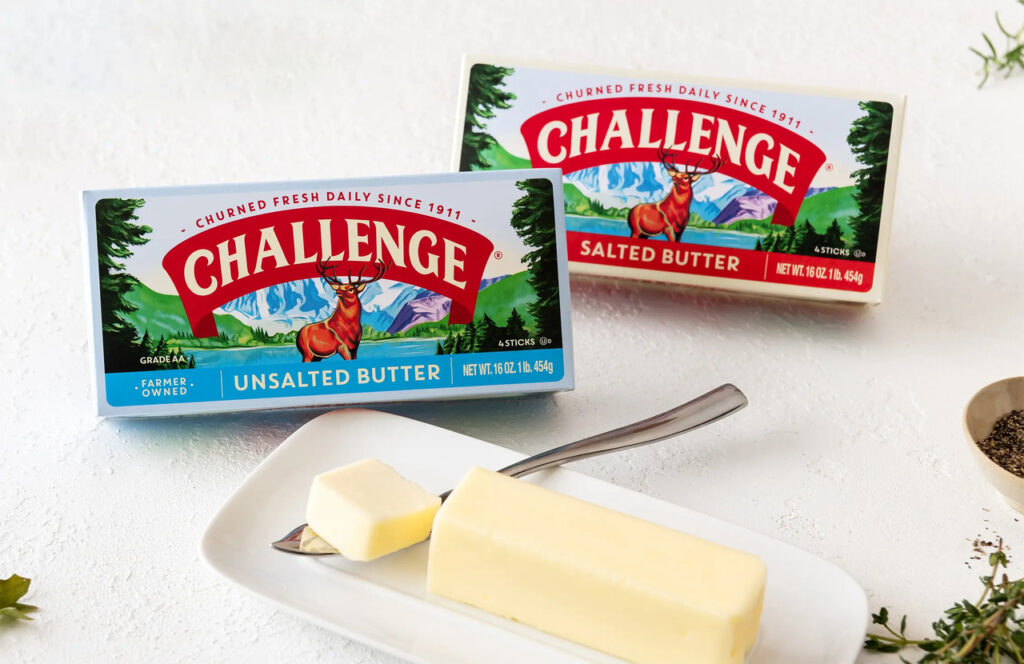
Butter and oil provide both flavor and moisture, but they behave differently in the oven. Butter adds richness and contributes to the flavor complexity through its milk solids, which can caramelize slightly at the edges. Oil, on the other hand, remains liquid at room temperature, helping the brownie stay soft and tender even after cooling.
Many professional bakers combine the two for optimal results: butter for taste and a light crust, oil for consistent moistness. Adjusting the fat ratio carefully prevents the brownies from becoming greasy or overly dense while maintaining that luscious, fudgy texture everyone loves.
The Impact of Brown Sugar on Texture
Brown sugar introduces moisture due to its molasses content, which keeps brownies soft and chewy. Unlike white sugar, which primarily sweetens, brown sugar interacts with fat and eggs to trap moisture, slowing down drying during baking. This contributes directly to the signature fudgy consistency.
Using a mixture of white and brown sugar is common in recipes to balance sweetness and chewiness. Brown sugar ensures the interior remains dense and tender, while white sugar supports a slightly crisp top, creating a texture contrast that makes each bite more complex and enjoyable.
Eggs: Binding Agents for a Dense Consistency

Eggs do more than hold ingredients together; they define the structure of the brownie. The proteins in eggs coagulate during baking, giving the batter its shape, while the yolks add richness and moisture. Too many eggs, however, can make brownies overly firm or cake-like, while too few may result in a crumbly, uneven texture.
For a fudgy brownie, recipes often rely on fewer eggs than cake-style versions, emphasizing dense, moist results over aeration. Beating eggs gently and folding them into the batter carefully preserves the desired compact structure without introducing too much air.
Honey as a Natural Sweetener for Chewy Brownies
Honey can be an unexpected game-changer for fudgy brownies. Its natural sugars attract and retain water, enhancing moisture and chewiness while adding subtle floral or caramel notes. Honey can replace part of the sugar in a recipe without making the brownie overly sweet, improving texture in the process.
Because honey is liquid, it also slightly thins the batter, which allows for even baking and prevents dryness. Adjusting other liquids and baking times ensures the final brownie maintains structure while gaining an added depth of flavor that complements chocolate perfectly.
The Importance of Proper Mixing Techniques
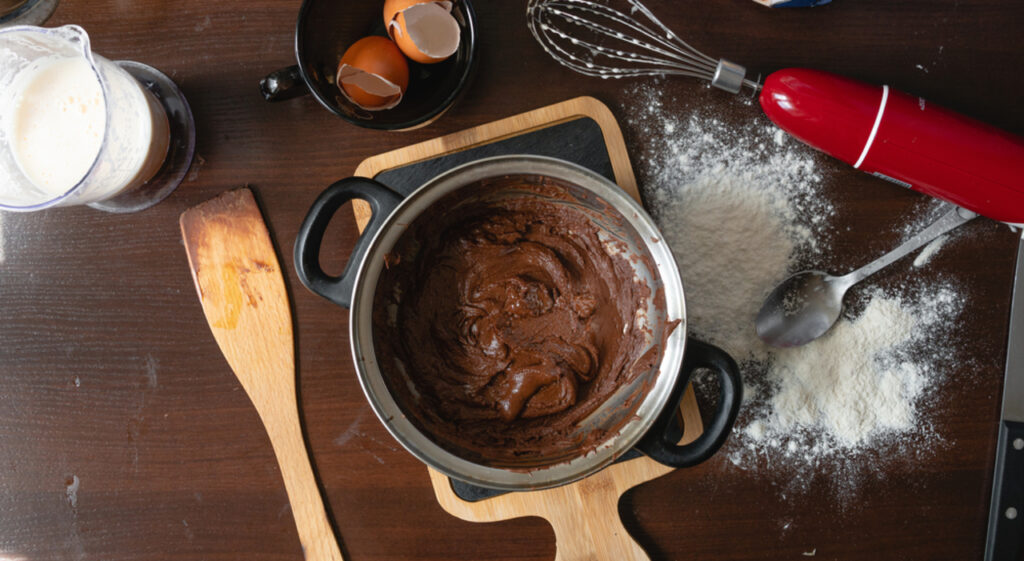
Mixing technique directly impacts the final texture of brownies. Overmixing introduces air, leading to a lighter, cake-like result rather than dense, fudgy squares. Under-mixing, however, risks uneven distribution of chocolate, sugar, and fat, which can create pockets of dryness.
The best approach is gentle folding of dry ingredients into wet, maintaining the batter’s uniformity without adding excess air. Scraping the bowl edges ensures every bit of chocolate and sugar is incorporated, producing a consistent, indulgent texture from edge to center.
Baking Time and Temperature: Keys to the Perfect Fudge
Oven temperature and baking duration are as critical as the ingredients themselves. Slightly lower temperatures with careful timing allow brownies to cook through without drying out, preserving moisture. Removing them from the oven just as the center sets ensures fudgy interiors rather than crumbly or overbaked slices.
Using an oven thermometer can help maintain precise heat, and letting brownies cool in the pan for a few minutes before cutting prevents structural collapse. This combination of timing and temperature control is essential for achieving that perfect, melt-in-your-mouth consistency.
Crafting the Ideal Fudgy Brownie
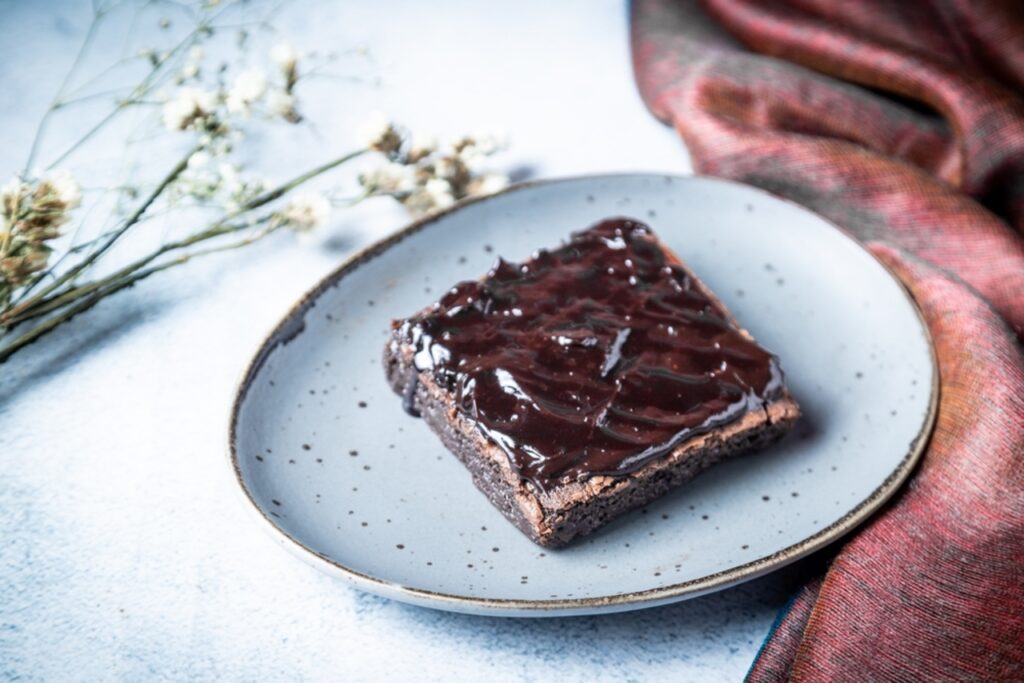
The secret to perfect brownies lies in balancing cocoa, sugar, fat, eggs, and gentle mixing techniques. A small tweak in any component can shift the texture from fudgy to cakey, which is why understanding the role of each ingredient is crucial.
Experimenting with additions like honey or adjusting fat ratios can elevate your brownies from good to exceptional. With attention to detail and patience, anyone can consistently create rich, dense, and indulgent brownies that satisfy the craving for chocolate in its most decadent form.
References
- Fudge Brownies – kingarthurbaking.com
- Ultimate Fudgy Brownie Recipe – onceuponachef.com
- The Sweet Sugar Swap That Makes Brownies Extra Fudgy – chowhound.com
